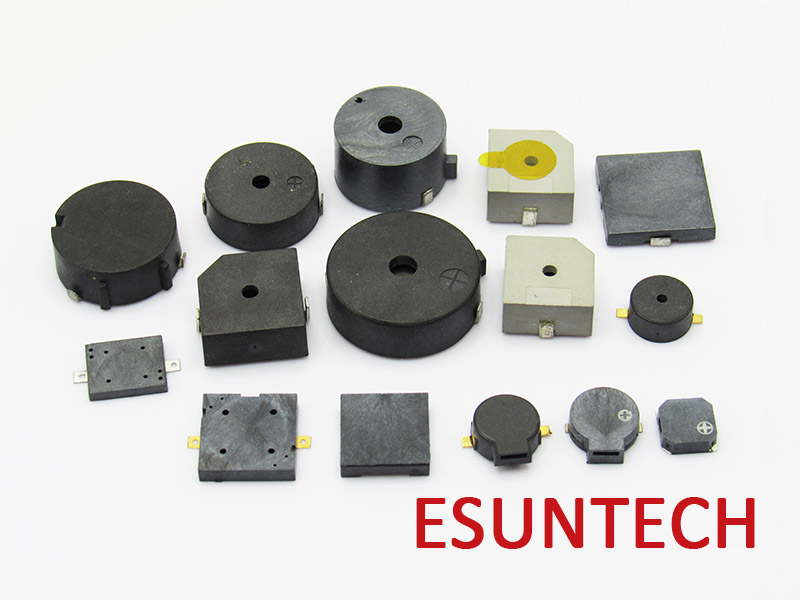Size:
The size of the buzzer will affect the volume and frequency. The minimum size of the electromagnetic buzzer ranges from 7 mm to 25 mm, and the maximum size of the piezoelectric buzzer ranges from 12 mm to 50 mm or more.
2. Working voltage:
electromagnetic buzzer, from 1.5 to 24V, and piezoelectric buzzer, from 3V to 220V are both feasible, but generally piezoelectric buzzer is recommended to have a voltage of more than 9V to obtain a loud sound.
3. Current consumption:
depending on the voltage, the electromagnetic type can be from tens to hundreds of milliamperes. The piezoelectric type can save more power. A few milliamperes can operate normally, and when the buzzer starts, it needs to consume about three times of current instantly,
4. Drive mode:
both types of buzzers have self excitation type. They can emit sound as long as DC is connected. Because the built-in drive circuit is in the buzzer, because of different action principles, the electromagnetic buzzer needs to be driven by 1/2 square wave, and the piezoelectric buzzer needs square wave to have better sound output.
5. Sound pressure:
The buzzer usually uses a distance of 10cm as the test standard. If the distance is doubled, it will attenuate by 6dB. If the distance is doubled, it will increase by 6dB. The electromagnetic buzzer can reach the level of 85dB/10cm. The piezoelectric buzzer can be made very loud. Most common alarms are made of piezoelectric buzzers.
6. Connection mode:
generally, there are pin (DIP), wire (wire), SMD (SMD), and the way of locking screws for piezoelectric large ones.

